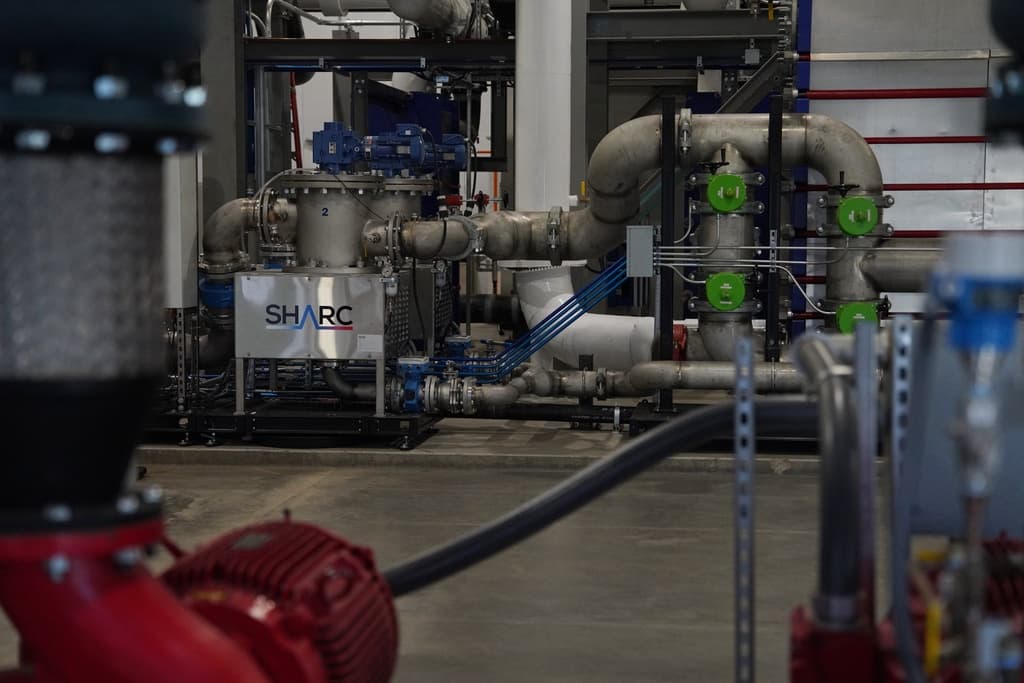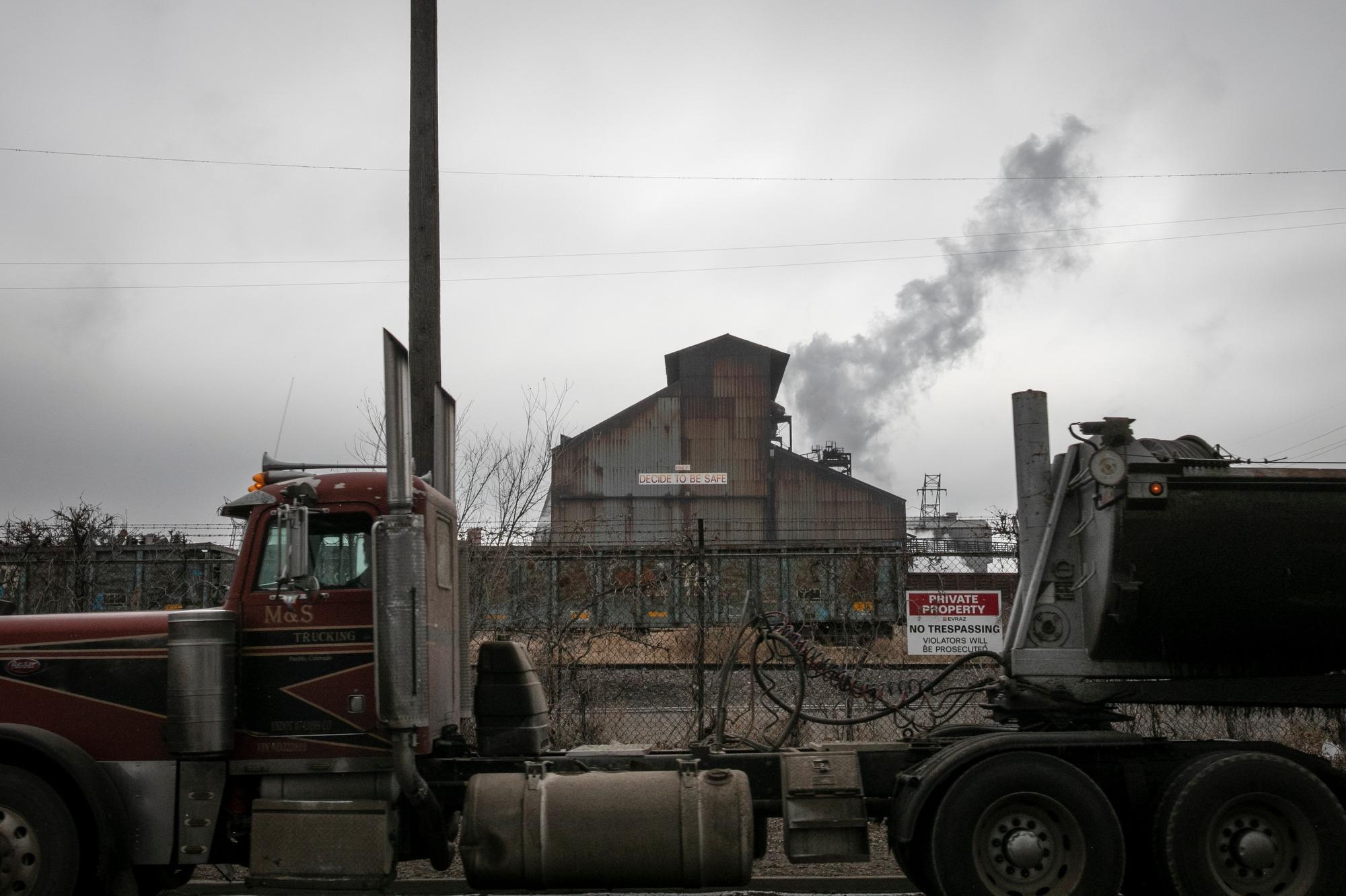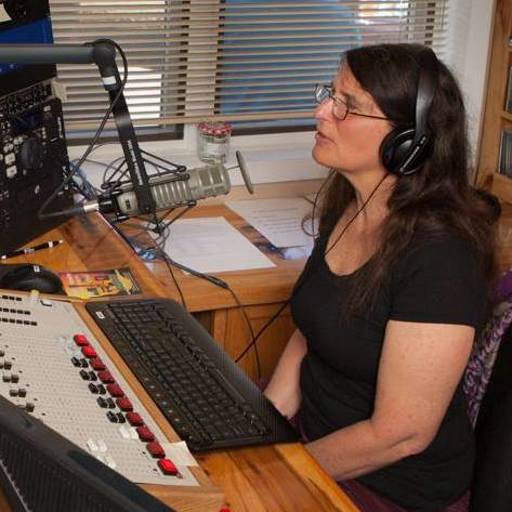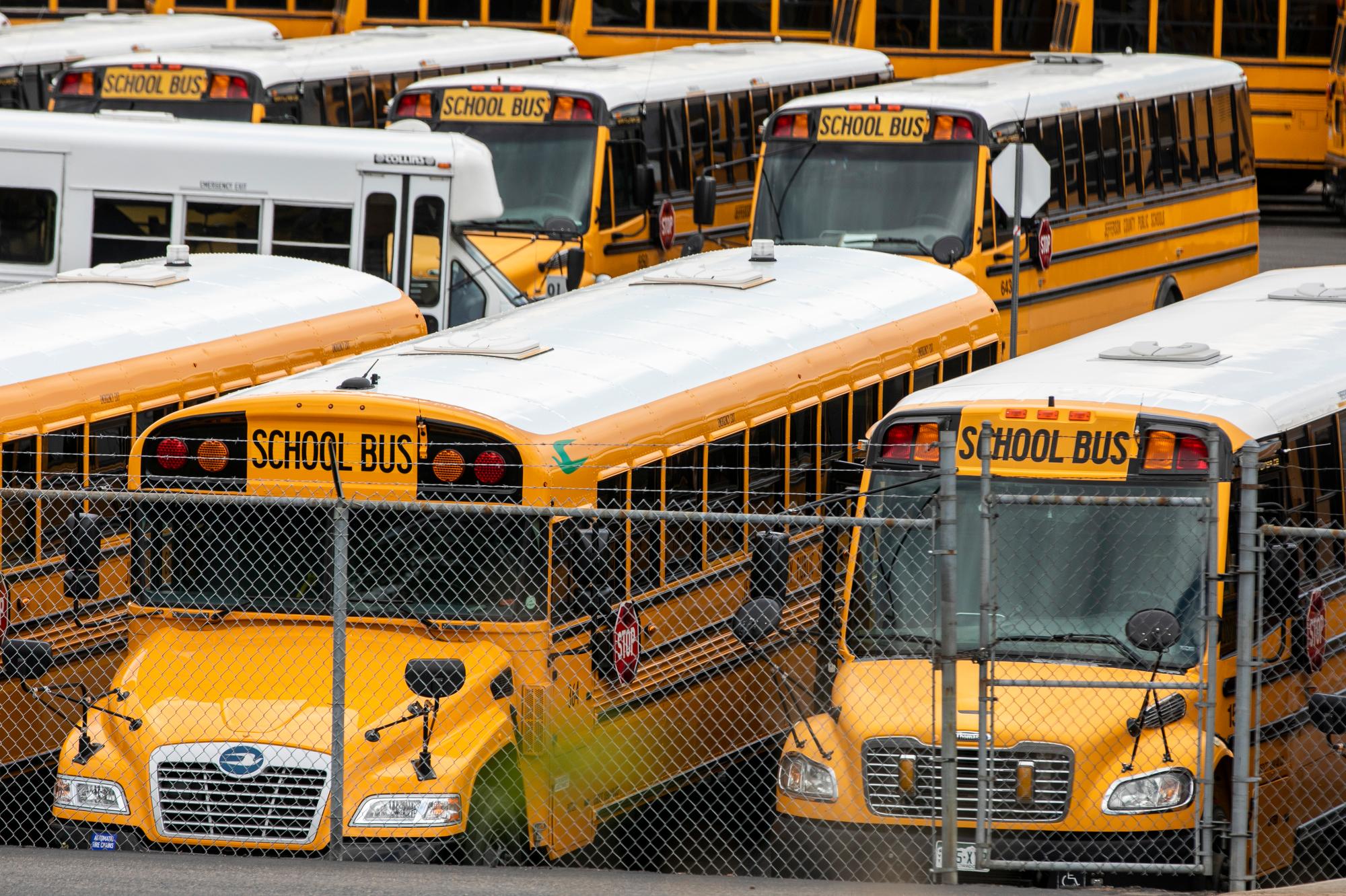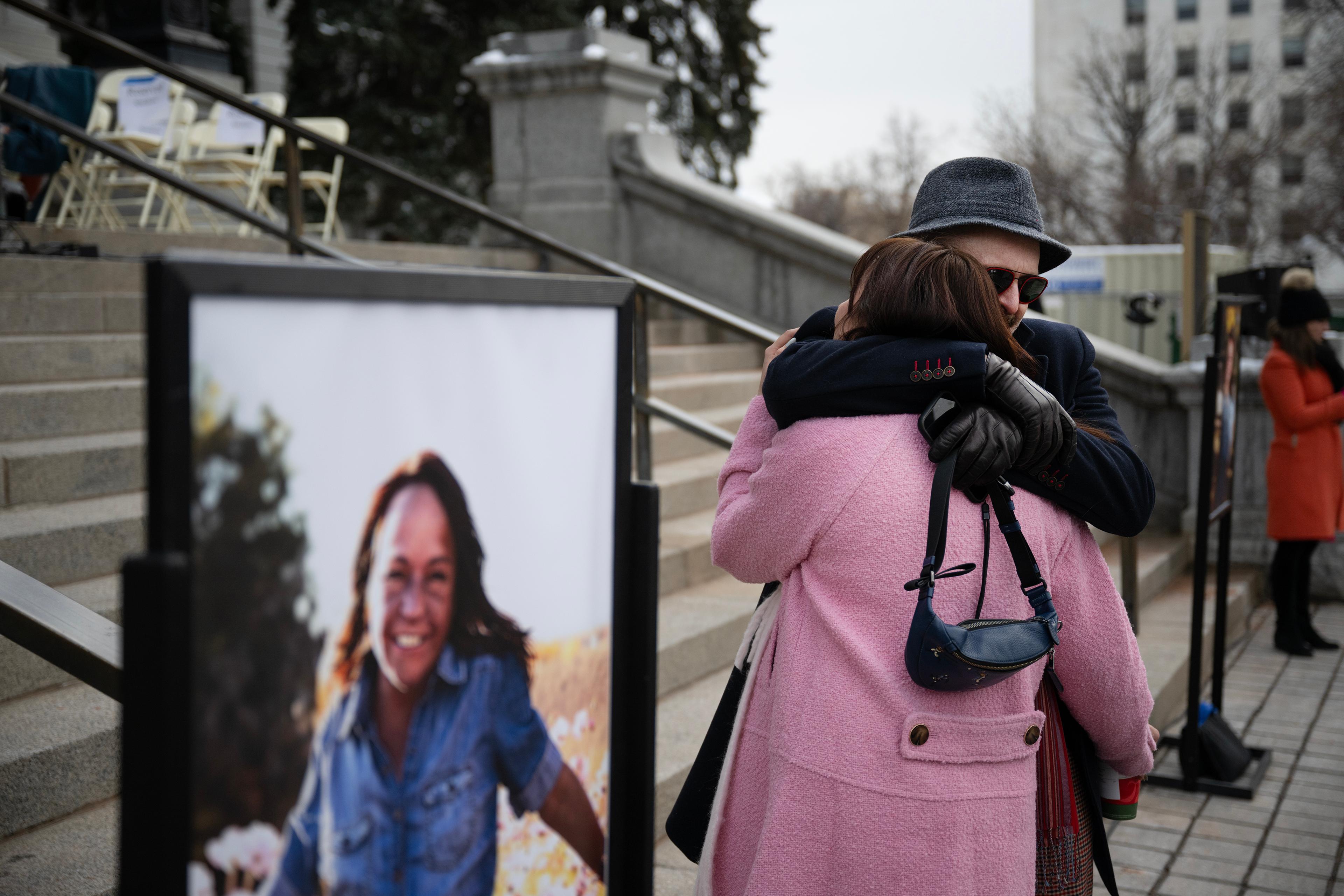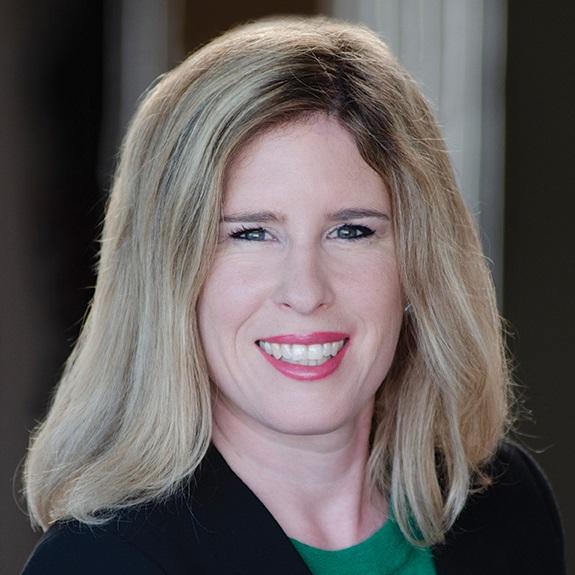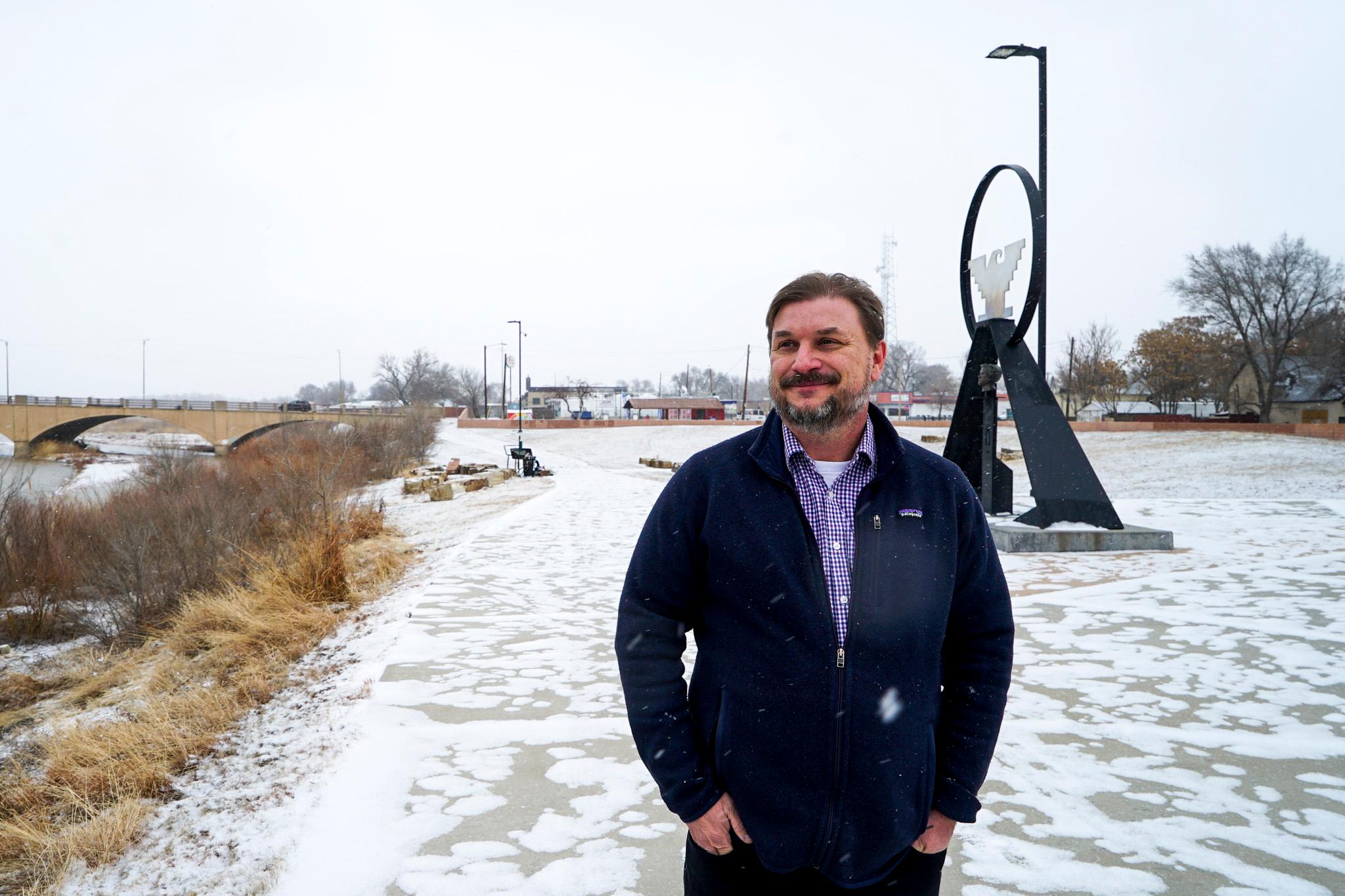
During a speech in August 2023, Gov. Jared Polis praised the impact of federal climate dollars in Colorado.
“The federal law’s focus on climate change and saving people money on health care can help our administration deliver more results on these issues for Colorado families and individuals while helping create more good paying jobs,” Polis said.
Those benefits are now at risk amid an effort to halt investments approved by the Inflation Reduction Act and the Bipartisan Infrastructure Law, two landmark Biden-era climate laws. The Trump administration’s efforts to claw back and freeze climate funding – through executive orders and federal budget office memos – are still reverberating across Colorado, causing layoffs and work stoppages, as well as undermining the state’s clean energy goals.
Billions of dollars have flowed to Colorado through those laws. That money built highways and invested in projects to curb planet-warming emissions and conserve Colorado River water. Some of the money has been spent, but hundreds of millions remain obligated to projects that are underway.
In a series of rebukes, federal courts have ordered the administration to keep federal climate dollars flowing. In practice, though, some projects are back on track, while others are stuck in a quagmire, raising fears the federal government might not follow through with its spending commitments.
“Right now, a lot of people who receive federal funding are having that funding frozen or revoked often in ways that violate the contracts they have signed with the government,” said Martin Lockman, a fellow at the Sabin Center for Climate Change Law at Columbia University.
“This is by far the largest intentional breach of contract that I’m aware of the federal government ever having undertaken,” he said.
A Tale of Two EPA projects: Pueblo
Hemmed in by a river, railroad and highway, Pueblo’s east side is dotted with boarded-up storefronts and burned-out buildings. But where others may see blight, city planner Wade Broadhead sees the potential for community-led redevelopment.
“Everything can’t be a brewery in Colorado,” Broadhead said during a driving tour. “I don’t see a lot of the boarded-up buildings. I see ‘That's a good historic preservation tax project’ or ‘That's a good brownfields cleanup project’.”
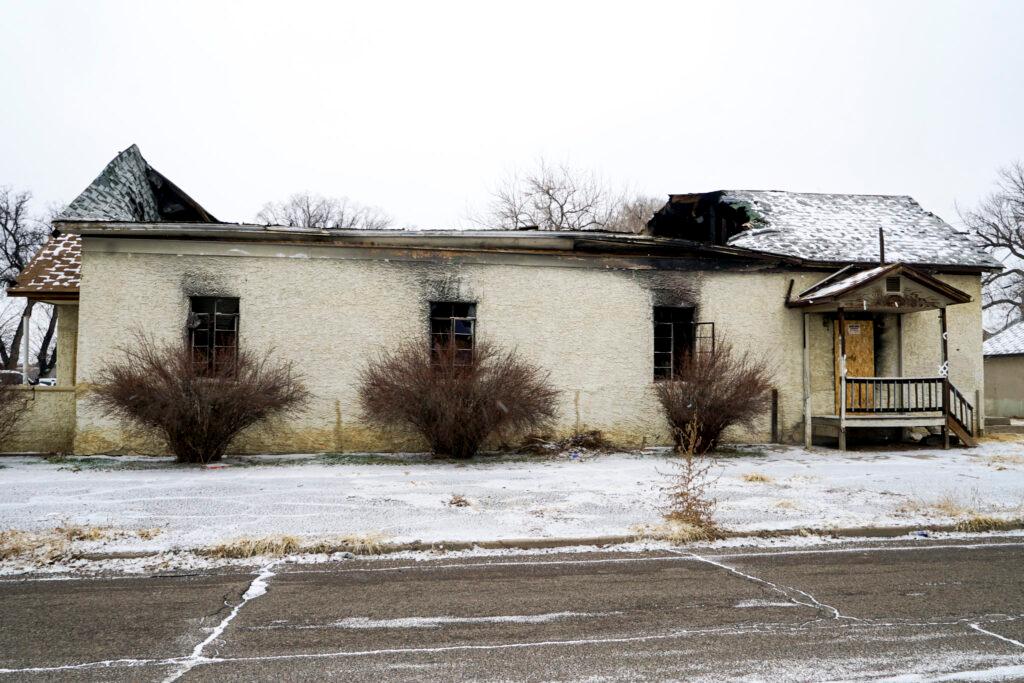
Pueblo relies on federal funding to redevelop. In 2024, the city pulled in around $33 million in federal funds, according to Broadhead. That includes a $1 million grant from the U.S. Environmental Protection Agency to conduct environmental assessments and clean up contaminated sites known as brownfields. Every community likely has at least one brownfield, which can include abandoned gas stations or industrial sites, according to the EPA.
The hope of the program is to help communities who wouldn’t normally be able to afford assessment or clean-up costs. Private developers can rebuild them into housing, shops and, yes, breweries. Those buildings can then pay taxes back to the city.
Much of Pueblo’s grant will be used to clean asbestos and lead paint from El Centro del Quinto Sol Recreation Center, which Broadhead says is the only such facility for around 13,000 people on the east side.
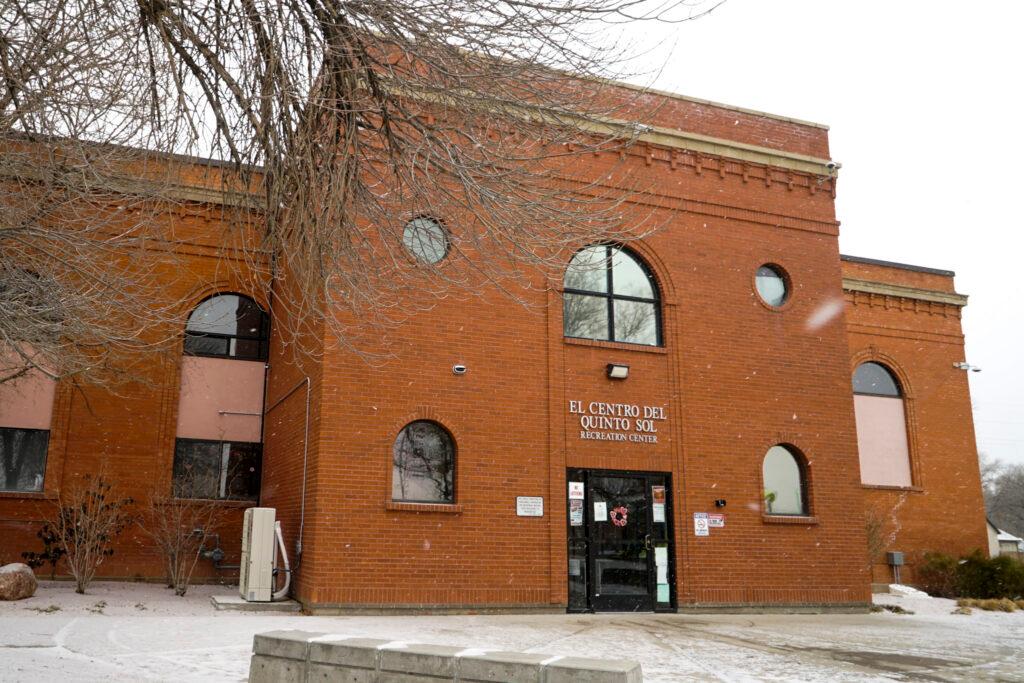
“We’re a pretty scrappy town,” Broadhead said. “If we don’t get this grant, we’re not going to be doing a lot of these activities.”
The brownfields program received an infusion of federal funds from the infrastructure law. The program is not explicitly climate-related — another state project will clean up a grain elevator covered in pigeon feces — but that did not spare it from the funding freeze.
On January 27, Pueblo’s city council formally accepted its EPA grant. Less than a day later, the EPA informed them via email that they’d paused their funding as a result of an executive order.
City planning director Scott Hobson said it wasn’t necessarily unusual for new administrations to review projects. But the speed of these changes were unique, leaving the city to take a wait-and-see approach.
“In almost every administration there are some adjustments and changes,” Hobson said. “The swiftness of this is kind of catching people a little bit off guard.”
Solar for None?
Longmont-based Oweesta Corporation is the nation’s largest lender to Native American Community Development Financial Institutions (CDFIs), which include banks and credit unions in communities underserved by mainstream banks. Since 2002, Oweesta has lent over $100 million to Native CDFIs and other organizations, who have in turn lent $1 billion to tribal members to buy homes and start thousands of businesses.
In 2024, the EPA awarded Oweesta a $156 million grant under an inflation law program called Solar for All, meant to provide solar power to low-income communities. Oweesta estimates the funds will eventually help 17,000 homes reduce their energy bills.
“Generally, we haven’t had the tax incentives or funding to help propel these types of projects,” said Chrystel Cornelius, Oweesta’s president and CEO. “We have an opportunity to work with residential housing in a measure that we haven’t seen in decades, if ever.”
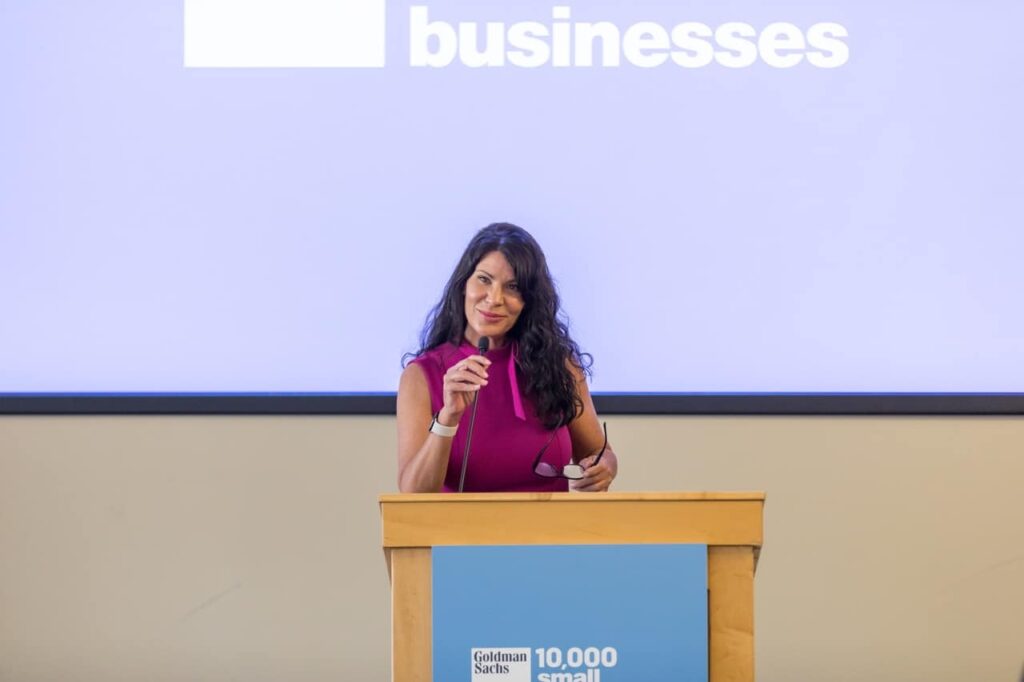
EPA programs like brownfields and Solar for All work on a reimbursement basis, so a group must shoulder certain expenses and then invoice them to the agency afterward. On January 15, Oweesta began accepting applications from CDFIs, tribal nations and nonprofits across the country.
Oweesta spent at least $2 million setting up their program. But when they tried to receive payment through the government’s payment portal, they received a red error code, which said no accounts were found matching their information.
Clean energy projects throughout the state were also frozen. Will Toor, the director of the Colorado Energy Office, filed a declaration in a January lawsuit noting uncertainty created by the funding freeze had forced his office to pause hiring related to Colorado’s Solar For All program. The $156 million program is separate from Oweesta’s and plans to deploy solar to benefit 20,000 low-income households in Colorado.
As of Wednesday morning, the state energy office’s Solar for All grant remains frozen. In a statement, the office said it joined litigation to release funding for their programs.
“The Trump administration’s freeze of Congressionally appropriated funds is harmful to hardworking people who want to save money on energy bills and pulls the rug out from contractors,” said Ari Rosenblum, associate director of the energy office.
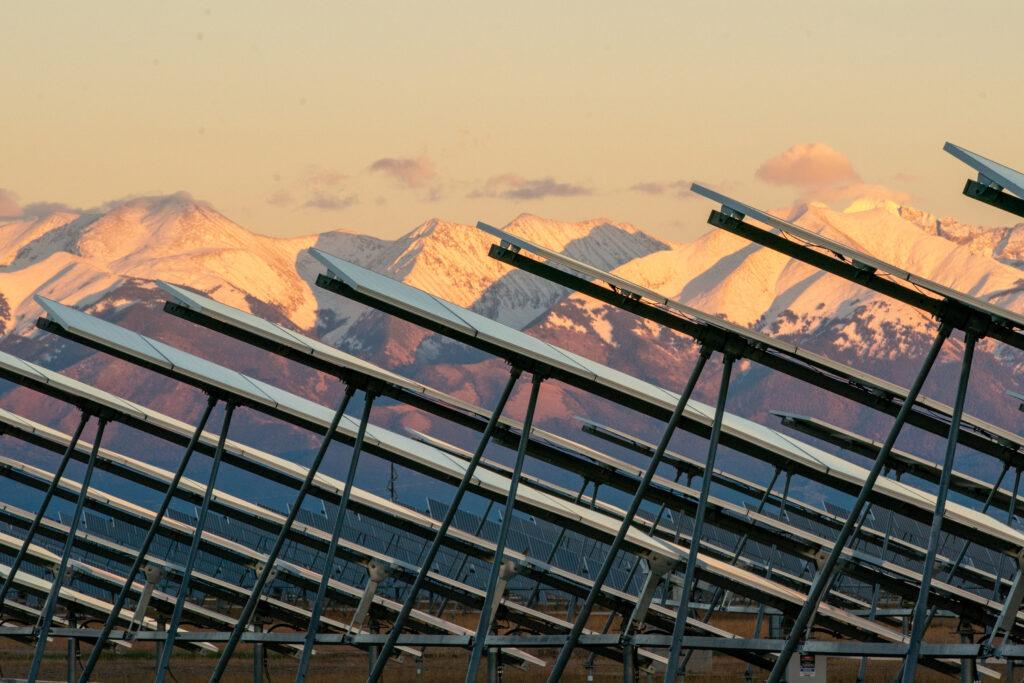
In a statement on Friday, a Denver EPA spokesperson said that all accounts funded through the inflation and infrastructure law were available, but indicated that agency personnel were reviewing certain grants. The spokesperson did not directly answer questions about Oweesta’s or Colorado’s solar grants.
Solar for All sits under an EPA program called the Greenhouse Gas Reduction Fund. In a video posted on X last week, EPA administrator Lee Zeldin vowed to claw back $20 billion from other programs within that fund, claiming without evidence that funds were sent “in a rush job with reduced oversight.”
As of Wednesday morning, Oweesta is still waiting to get paid by the EPA. Cornelius said they have enough cash on hand, for now, to keep moving forward.
“I don’t want to go to $3 million in reimbursement requests before we’re getting paid,” Cornelius said. “It’s really kind of day by day looking and hoping that reimbursement comes through per a legal signed agreement with the federal government.”
Some projects feel the thaw
Ultimately, Pueblo’s funding pause was brief. Denver EPA officials told Pueblo their funding would continue, according to Broadhead, and held a kickoff meeting with the city last week.
“We’re really optimistic,” Broadhead said. “The portions of the city that this money is going to be spent on are just really in serious need and need some help and redevelopment.”
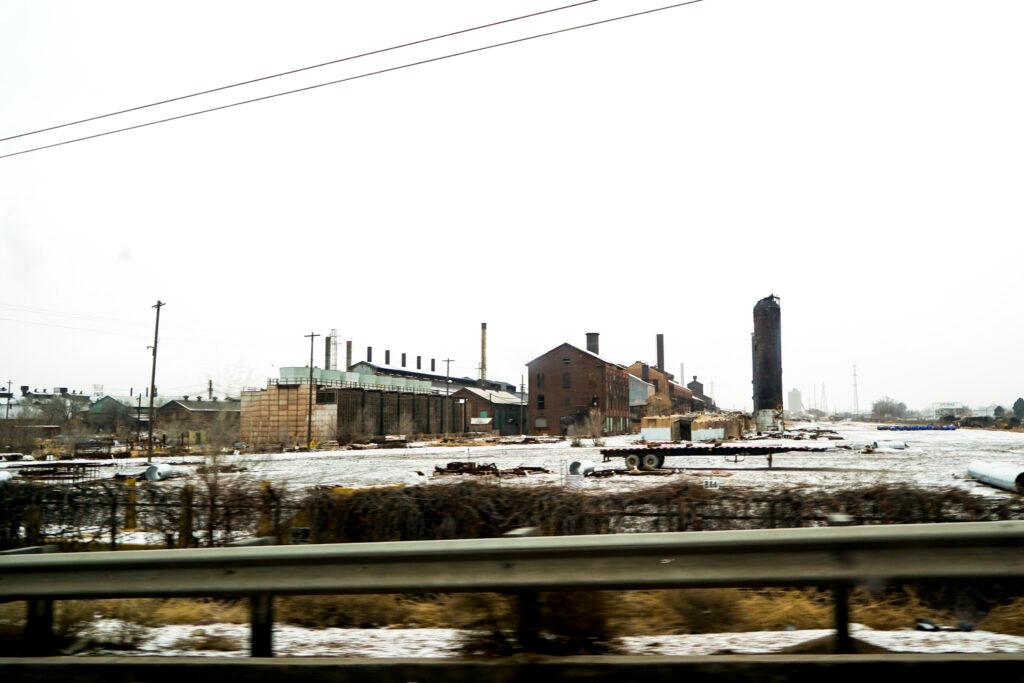
Lockman, of Columbia University, said that groups or governments with contracts have strong legal rights to ensure they get paid.
“An agreement with the federal government, whether it’s a grant, award or a contract for services, is a legally enforceable document,” Lockman said. “People who have those agreements in writing and have those rights can go to court to enforce them.”
Oweesta is hopeful their account will be unfrozen, even if it takes litigation. Cornelius said the money was a rare chance for tribal communities to invest in energy efficiency while creating jobs across the country.
“This is a once-in-a-lifetime opportunity,” Cornelius said. “And we’ve been waiting on once-in-a-lifetime opportunities.”

